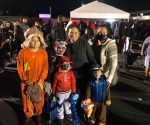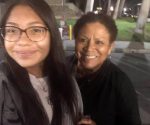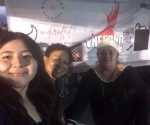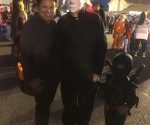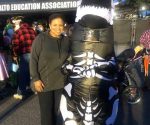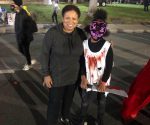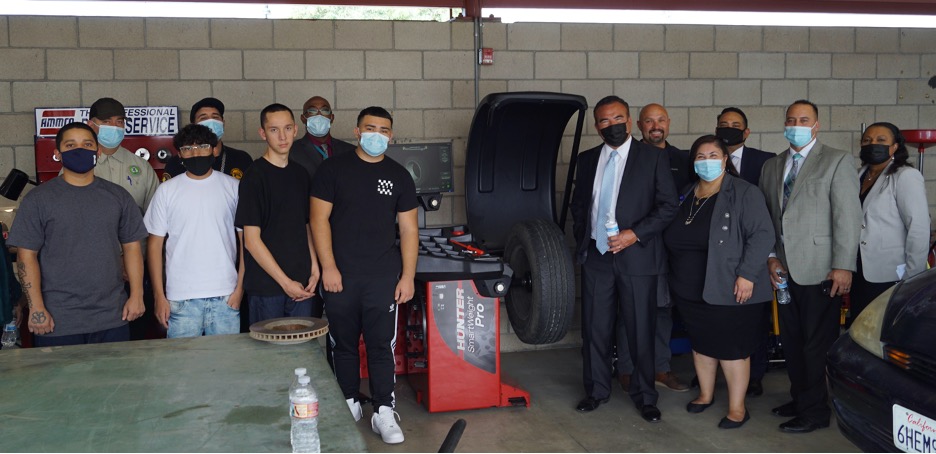RIALTO, CA—- Local dignitaries and community leaders including Mayor Robertson, City Council members, and members of the Chamber of Commerce joined the Ayres Hotel executive team on Friday to celebrate the groundbreaking of the new Ayres Hotel Rialto. Ayres Hotels, a family-owned and operated hotel collection based in Southern California, has begun construction on the corner of Linden and Renaissance Parkway.
Situated off the 210 Freeway at the Ayala exit, the hotel is part of the Renaissance Marketplace, a master planned development by Lewis Companies that focuses on residential, retail, restaurant, industrial and corporate space. The hotel will also complement Lewis Companies’ redevelopment of what was once the Rialto Airport that now features a new state-of-the-art industrial zone with top distribution and fulfillment centers.
“Ayres Hotel Rialto is centrally located between Rancho Cucamonga and San Bernardino and will meet the demands of travelers and the businesses of this new industrial area,” noted Don Ayres III, a fourth generation Ayres family member. “Ayres looks forward to serving the needs of the community, its corporate and leisure guests and will serve as a job stimulator and training ground for young hospitality professionals in the area.” This new location is the 9th Ayres Hotel in the Inland Empire and the 26th property in the Ayres Hotels collection. The addition of the property is part of the overall Ayres Hotels strategy to embrace new markets while continuing their commitment to quality hospitality in the communities they serve.
The hotel was designed to be a reflection of the growth Rialto has seen over recent years. It will feature industrial design elements with mixed metals, exposed brick and concrete floors while also fostering a sense of community through its warm color palette and communal space concept. The lobby promotes guest interaction with an on-site bar and retail. “We encourage our guests to come downstairs and be part of the warmth and charm that is consistent throughout Ayres Hotels,” said Ethan Ayres, a fifthgeneration Ayres family member. In addition, the hotel includes over 3,750 square feet of indoor/outdoor meeting and event space that will be available for business and community gatherings. The hotel will offer 135 modern guest rooms, scenic views of the San Gabriel Mountains, an outdoor heated pool and spa adjacent to a beautiful garden courtyard, and fitness center. Signature amenities commonly associated with the Ayres Hotels brand including their complimentary hot breakfast buffet, wi-fi, and parking will be part of the Ayres Hotel Rialto experience.
“We’ve had to overcome some setbacks through the pandemic, but are excited to begin construction and get on our way to bringing Rialto its first new hotel. An anticipated opening date will be in early 2023,” said Ethan. “We have a seasoned team at Ayres Construction Co, along with our in-house design and procurement team, that will ensure the project gets built in a timely manner” said Ethan, who oversees the construction process.
The Ayres Collection, including Ayres Hotel Rialto, continues to be family-owned, operated and managed by Ayres Management.
 Westside Story Newspaper – Online The News of The Empire – Sharing the Quest for Excellence
Westside Story Newspaper – Online The News of The Empire – Sharing the Quest for Excellence
